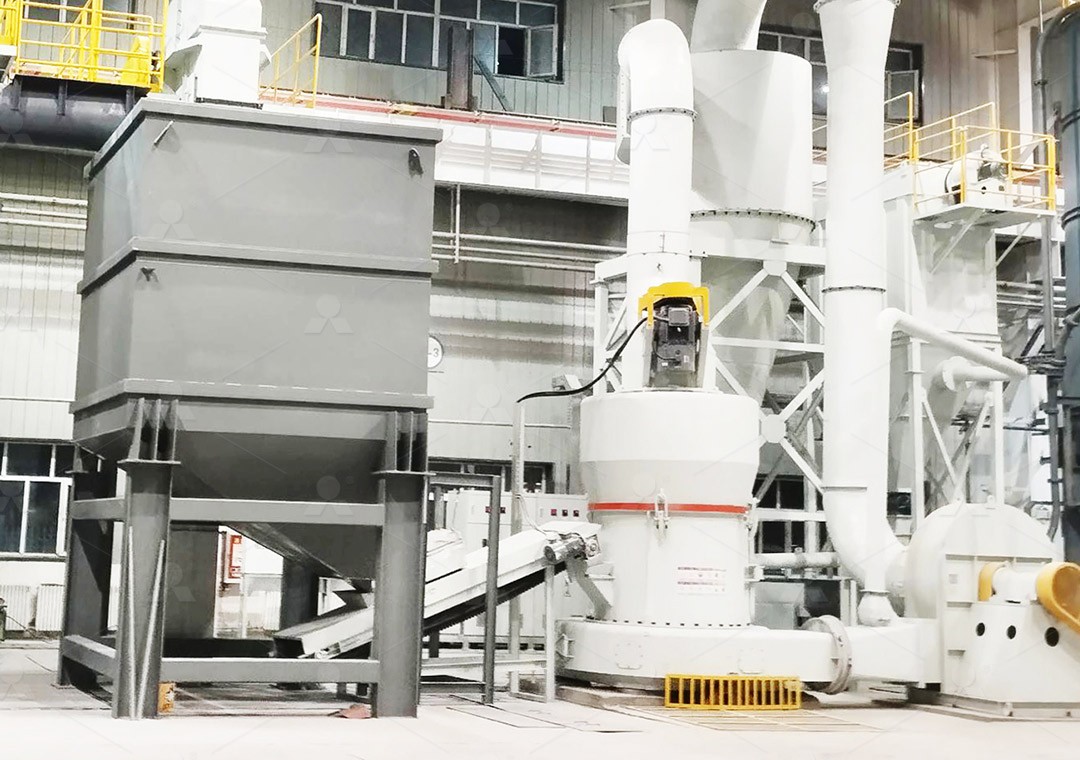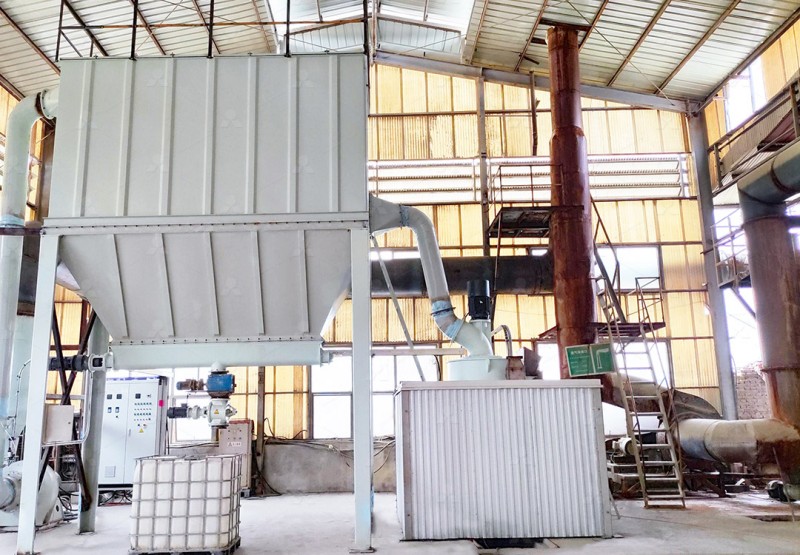Limestone Grinding Mill: A Comprehensive Guide to Powder Production
Limestone Grinding Mill: A Comprehensive Guide to Powder Production
Limestone powder production represents a cornerstone of modern industrial processes, serving as a critical raw material across construction, manufacturing, and chemical sectors. The transformation of raw limestone into precisely graded powder requires sophisticated machinery capable of delivering consistent particle size distribution while maintaining operational efficiency.
The Science Behind Limestone Grinding
Effective limestone grinding hinges on understanding the material’s unique properties. With a Mohs hardness of 3 and moderate abrasiveness, limestone responds well to various grinding mechanisms. The ultimate goal is to achieve uniform particle distribution while minimizing energy consumption and equipment wear. Modern grinding technology has evolved to address these challenges through innovative engineering solutions.

Choosing the Right Grinding Solution
Selecting appropriate grinding equipment depends on multiple factors: desired production capacity, target fineness, energy efficiency requirements, and operational constraints. For operations demanding ultra-fine powder production with minimal environmental impact, advanced grinding systems offer compelling advantages.
Among the available technologies, the MW Ultrafine Grinding Mill stands out for specialized applications requiring precise particle control. Engineered for customers needing ultra-fine powder between 325-2500 meshes, this system handles input sizes up to 20 mm with production capacities ranging from 0.5 to 25 tph. The mill incorporates German cage-type powder selector technology, ensuring exceptional separation precision while achieving screening rates of d97≤5μm in a single pass.
Advanced Features for Modern Production
The MW series demonstrates significant engineering innovations. Its grinding chamber operates without rolling bearings or screws, eliminating common failure points and enabling continuous 24-hour operation. The integrated pulse dust collector and muffler system addresses environmental concerns by containing dust and reducing noise pollution throughout the production cycle.

For operations requiring different specifications, the LUM Ultrafine Vertical Grinding Mill presents another sophisticated option. Combining Taiwanese grinding roller technology with German powder separation systems, this vertical mill configuration handles smaller input sizes (0-10 mm) while maintaining production rates between 5-18 tph. Its reversible structure simplifies maintenance, allowing operators to quickly access grinding components without extended downtime.
Operational Efficiency and Sustainability
Modern grinding mills prioritize energy conservation without compromising output quality. The MW Ultrafine Grinding Mill achieves production capacities 40% higher than jet grinding mills and double that of ball grinding mills at equivalent fineness levels, while consuming only 30% of the energy required by jet milling systems. This efficiency translates to significant operational cost savings over the equipment lifecycle.

Environmental compliance represents another critical consideration. Contemporary grinding systems incorporate comprehensive dust management and noise reduction technologies, ensuring operations meet stringent international environmental standards. The fully sealed negative-pressure systems prevent material leakage while pulse-jet dust collectors maintain clean working conditions.
Frequently Asked Questions
What fineness range can I achieve with the MW Ultrafine Grinding Mill?
The MW series delivers adjustable fineness between 325-2500 meshes, with the capability to achieve d97≤5μm in a single processing stage through its advanced cage-type powder selector.
How does the LUM Vertical Mill simplify maintenance procedures?
The LUM features a reversible structure that allows grinding rollers to be easily moved outside the mill body for inspection and component replacement, significantly reducing maintenance downtime and associated costs.
What environmental protections do these grinding systems incorporate?
Both the MW and LUM mills integrate efficient pulse dust collectors, mufflers, and noise elimination technologies to minimize environmental impact, operating fully within national environmental protection standards.
Can these mills handle materials beyond limestone?
Yes, these versatile systems process various non-metallic minerals including calcite, dolomite, gypsum, barite, marble, talc, and petroleum coal, serving multiple industries from chemicals to food additives.
What advantages does the MW Ultrafine Grinding Mill offer over traditional ball mills?
The MW system provides twice the production capacity of ball mills at comparable fineness levels while reducing energy consumption by approximately 70%, alongside more compact footprint and superior environmental controls.
